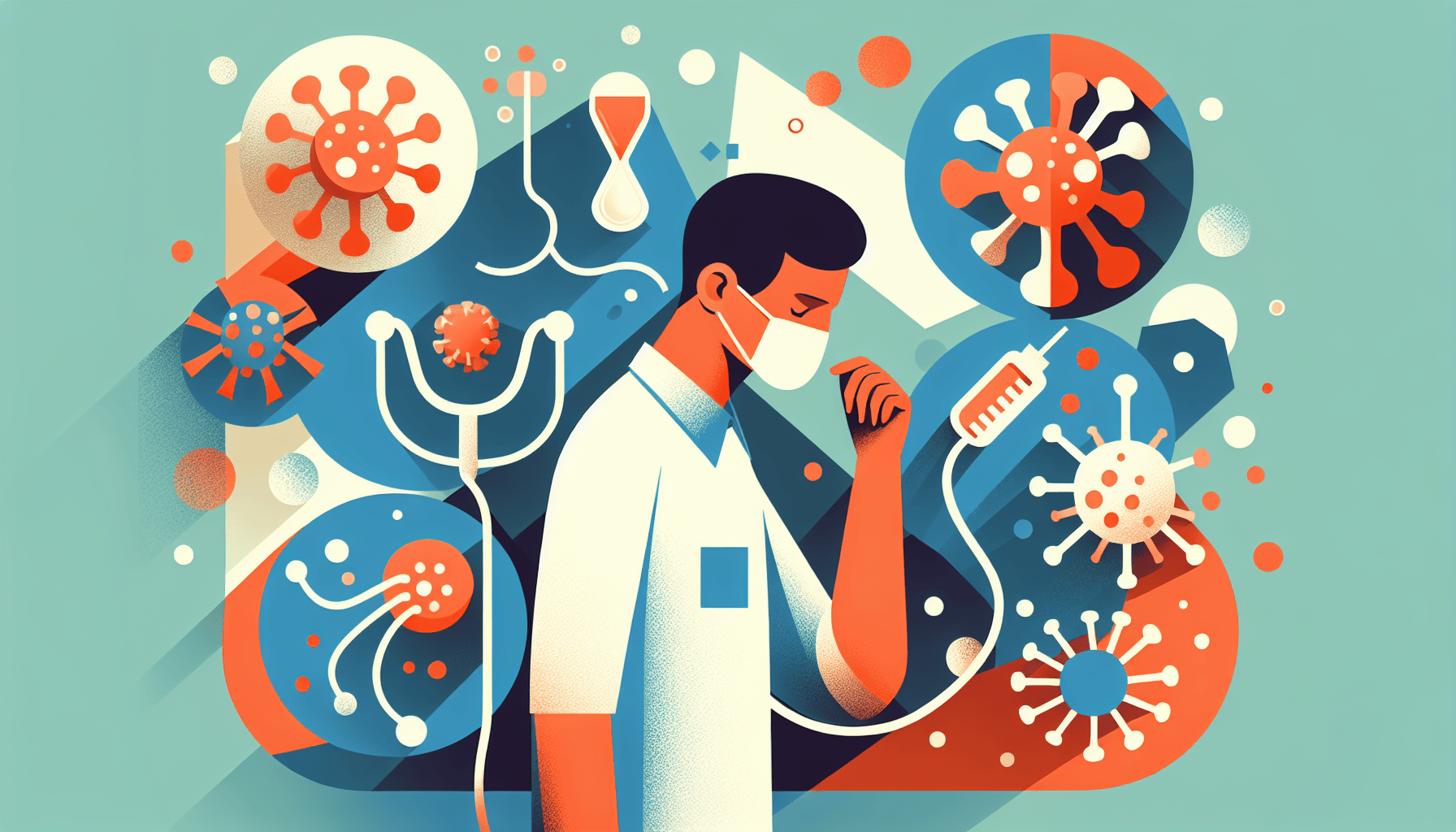Tirzepatide for Sleep Apnea - Can It Help?
Understanding Sleep Apnea and Its ChallengesSleep apnea is a common yet serious sleep disorder characterized by repeated interruptions in breathing during sleep. These pauses [...]
Read More
Medically reviewed by Abhijit Bhattacharyya | MD, PhD, MBA, Tufts University School of Medicine - Miami, Florida on January 20th, 2024.
Severe Acute Respiratory Syndrome (SARS) is a serious respiratory illness caused by the SARS-associated coronavirus (SARS-CoV). This potentially deadly disease first emerged in China in 2002 and quickly spread to 26 countries, infecting over 8,000 people and claiming nearly 800 lives. In this article, we'll explore the causes, symptoms, prevention methods, and treatment options for SARS.
SARS is caused by the SARS-CoV virus, which belongs to the coronavirus family. These viruses are known to cause illnesses ranging from the common cold to more severe diseases like SARS. The SARS outbreak was traced back to horseshoe bats in caves in mainland China. It is believed that these bats infected civet cats, which were then sold for food at live animal markets. People contracted the virus by touching the infected animals during the raising or slaughtering process.
The symptoms of SARS are similar to those of the flu and may include:
Fever over 100.4°F (38°C)
Chills
Muscle aches
Shortness of breath
Dry cough (appearing 2-7 days into the illness)
Diarrhea (in about 1 in 5 people)
In severe cases, SARS can lead to complications such as pneumonia, heart failure, and liver failure. People over 60 and those with underlying health conditions like diabetes or hepatitis are at a higher risk of developing these complications.

While there is no cure for SARS, you can reduce your risk of contracting the virus by following these simple steps:
Wash your hands frequently with soap and water or use an alcohol-based hand sanitizer.
Avoid touching your face with unwashed hands.
Wear disposable gloves when in contact with an infected person's bodily fluids.
Disinfect surfaces and wash personal items with soap and hot water.
Wear a surgical mask when around someone with SARS.
Maintain a distance of at least 3 feet when talking to someone with SARS.
Keep children with fever or breathing problems home from school.
Continue taking these precautions for 10 days after the SARS patient's symptoms have disappeared.
During the SARS outbreak, there were no targeted treatments available. Patients were given supportive care, such as:
Antibiotics to prevent secondary infections
Steroids to reduce lung inflammation
Blood plasma from recovered patients containing antibodies
Over-the-counter medications for fever and muscle aches
Fluids and oxygen therapy in severe cases
The best treatment strategy for SARS remains unknown, and more research is needed to develop targeted therapies.
SARS and COVID-19 are both caused by coronaviruses and share similarities in their origins and transmission. However, there are some key differences between the two diseases. SARS infected fewer people but was more severe, while COVID-19 has infected far more people globally but has a lower fatality rate. For more information on COVID-19, visit the World Health Organization and the Centers for Disease Control and Prevention websites.
In conclusion, while SARS is no longer a major threat, it serves as a reminder of the importance of global public health preparedness and cooperation in the face of emerging infectious diseases. By understanding the causes, symptoms, prevention methods, and treatment options for SARS, we can be better prepared to respond to future outbreaks and protect public health.
Understanding Sleep Apnea and Its ChallengesSleep apnea is a common yet serious sleep disorder characterized by repeated interruptions in breathing during sleep. These pauses [...]
Read MoreHeart attacks are often perceived as a predominantly male health issue, but the reality is that heart disease is the leading cause of death for women worldwide. Recognizing [...]
Read MoreTelehealth has transformed the way patients access healthcare, offering convenience, speed, and accessibility that traditional in-person visits often cannot match. With the [...]
Read More